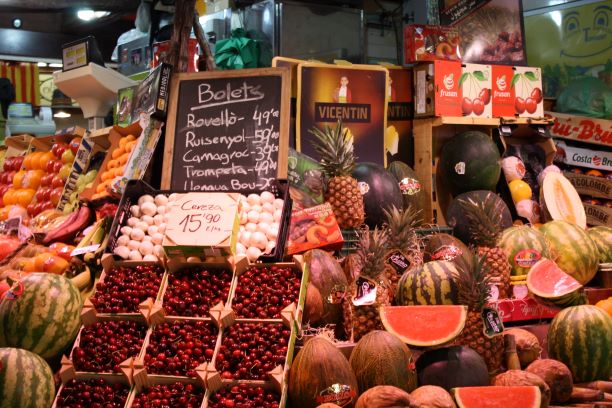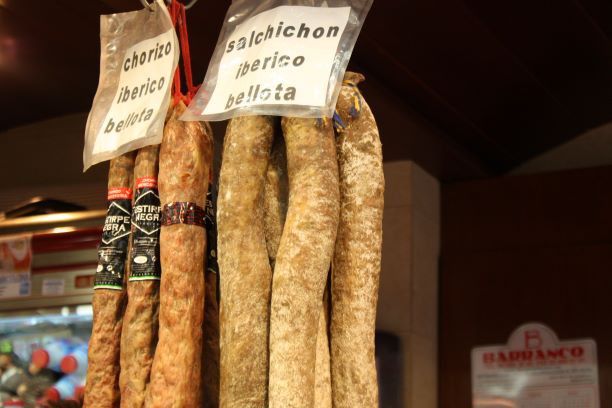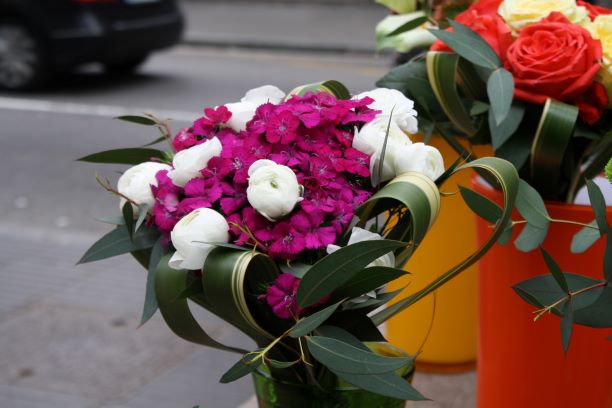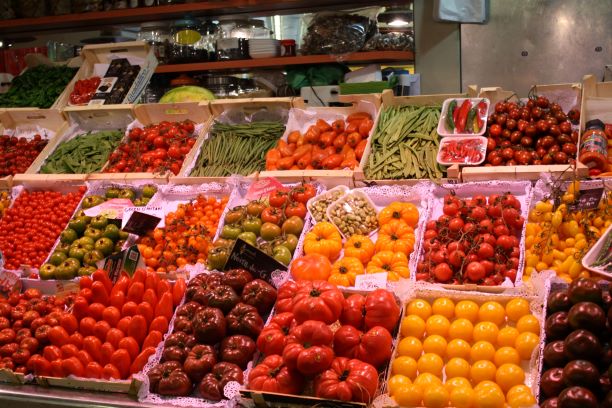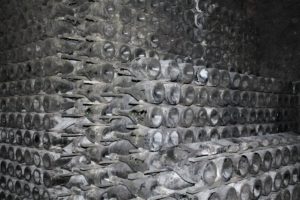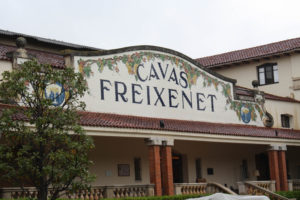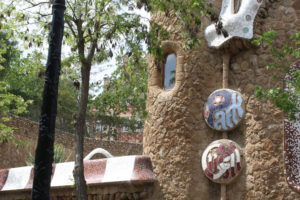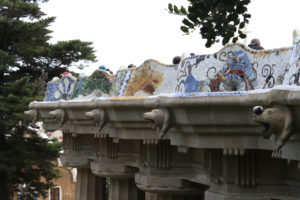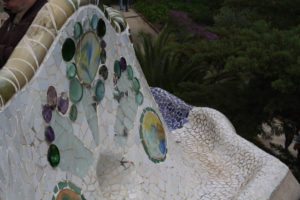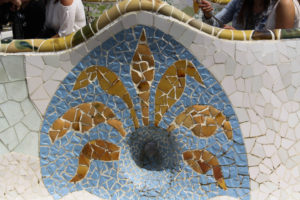Braseria La Llar
Traveling from Barcelona, Spain to Narbonne, France lunch seemed like a great idea. Our early morning coffee and pastries were just a memory. Not even a crumb remained.
Problem was…where to stop? Restaurants were not evident along the highway, so we pulled into a small town where we noticed a sign for a restaurant atop a building.
Weaving through the many side streets of the village, we finally came upon the restaurant with the sign. This side trip turned out to be one of the best lunch adventures we have had.
Scents of smoking meats permeated the air, getting more fragrant the closer we came to the restaurant’s courtyard. If we weren’t already hungry, these smells would certainly have jump started our stomachs. Inside, we were greeted by a woman speaking a variation of Spanish. I can understand and speak some Spanish. So, some of her words made sense and others not so much.
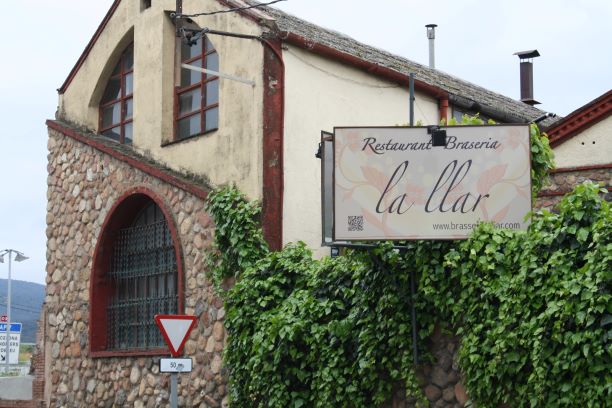
Then it dawned on all of us, we were in the Catalonia part of Spain. The language was similar but different.
Telling us we were a little early for Sunday dinner, she seated us close to the kitchen. At least that’s what I think she said.
The smells became more demanding. In a good way.
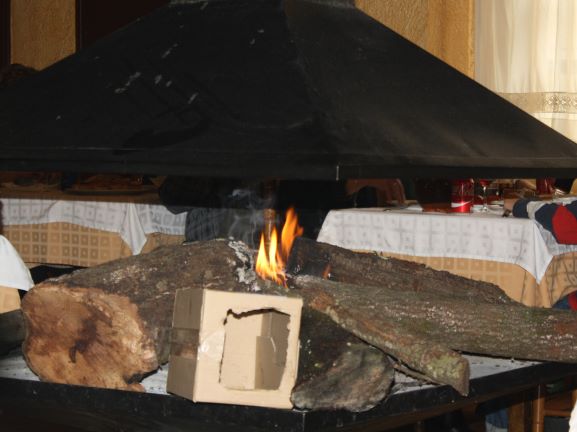
When she handed us menus, I could only make out a few words. This was definitely a type of Spanish I did not know. Trying to tell her we did not speak the language only got us a smile from her before she disappeared. Wondering if I said something wrong, we looked around the restaurant. There was only one other table with people seated at it, a large one with about 20 people ranging in age from a baby to an elderly lady. That was it. The large group sounded like they were having a great time.
Our waitress stopped at that table and said something to a young girl of about 10 years old.
When she came to our table, she explained that she knew English from school. Her aunt was the waitress, her uncle ran the restaurant, and the party was for her grandmother’s birthday. We told her to wish her grandmother happy birthday.
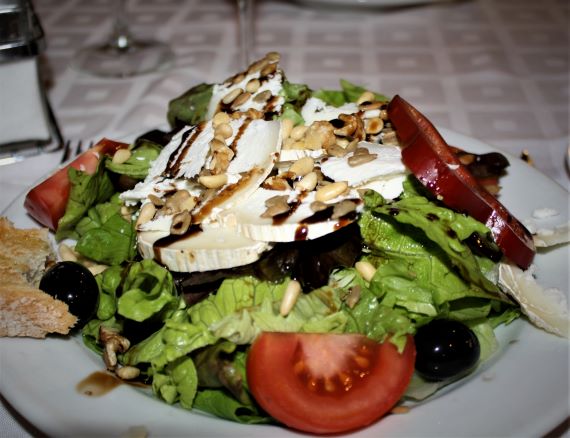
As we enjoyed a lunch worthy of the smells, a second bottle of wine was brought to us compliments of the other table. All was good. They were having a great time and so were we.
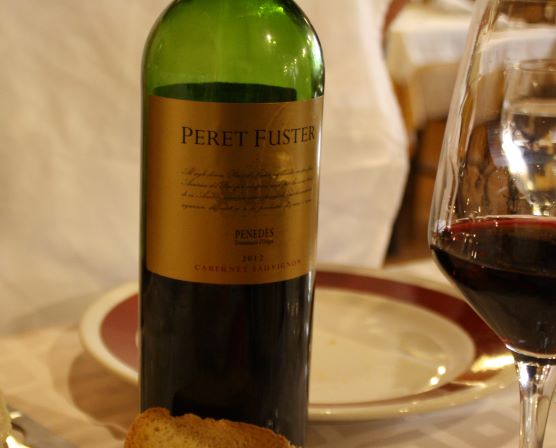
After our plates were cleared, pieces of the most delicious birthday cake I have ever eaten were brought to us…again compliments of the birthday party.
Wishing grandma another happy birthday, we reluctantly made our way out to the car and headed for the highway.
Best impromptu birthday party we have ever been to…
If You Go: The Braseria La Llar Restaurant is located at the entrance of the village of Sant Celoni, at the foot of Montseny, strategic location for nature lovers, Easy access to the street: Mossen Jacint Verdaguer, 5. It is the star place to taste Catalan and mountain cuisine, in a classic style. In the dining room you will find an ideal space to make your meal quiet.
